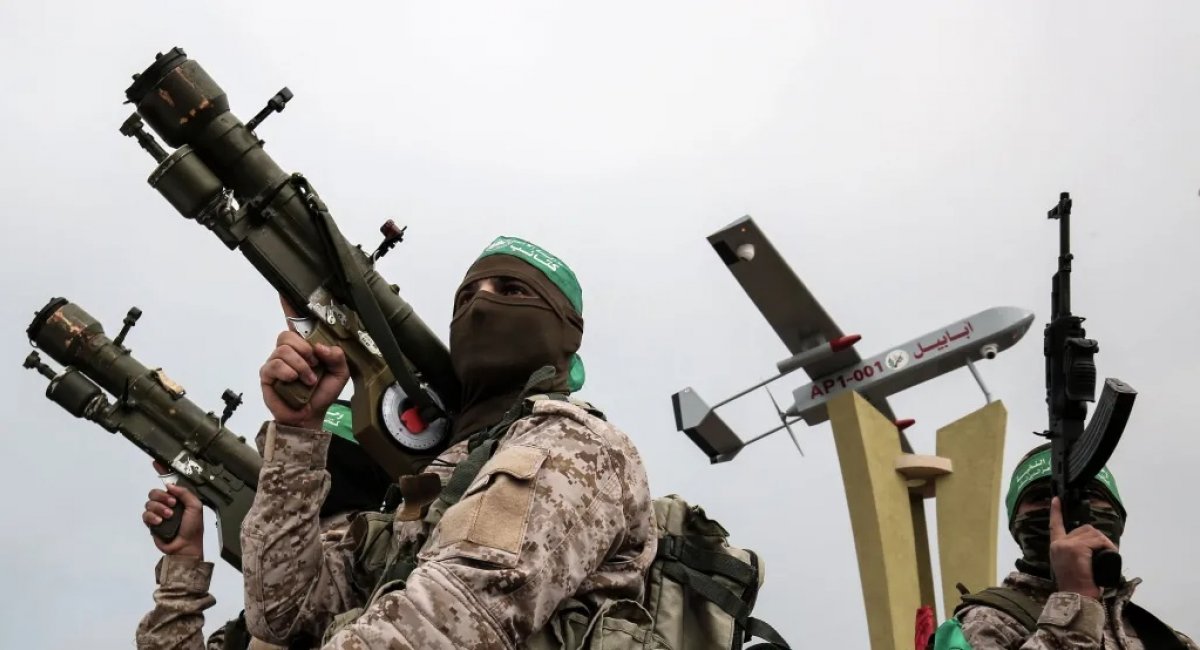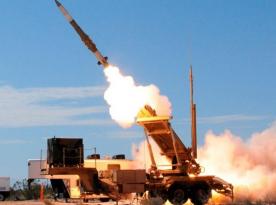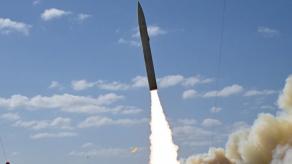The presumption that Hamas has been preparing for a large-scale attack on Israel for a long time is clearly indicated by the stockpile of unguided rockets. More than 2,200 of them were released during the initial wave of shelling unleashed on Israeli cities. Apart from that, heaps of suicide drones, and various portable weapons in the hands of militants testify to that.
In some cases, intriguing equipment is found among those arms. For example, one of the first videos that appeared online after the Hamas incursion from Gaza featured a PG-7VR Resume tandem-charge rocket-propelled grenade with an explosively formed penetrator (EFP).
Read more: War in Israel: Why IDF Only Deploys Airstrikes, the Risk of Second Front and Division Mobilization
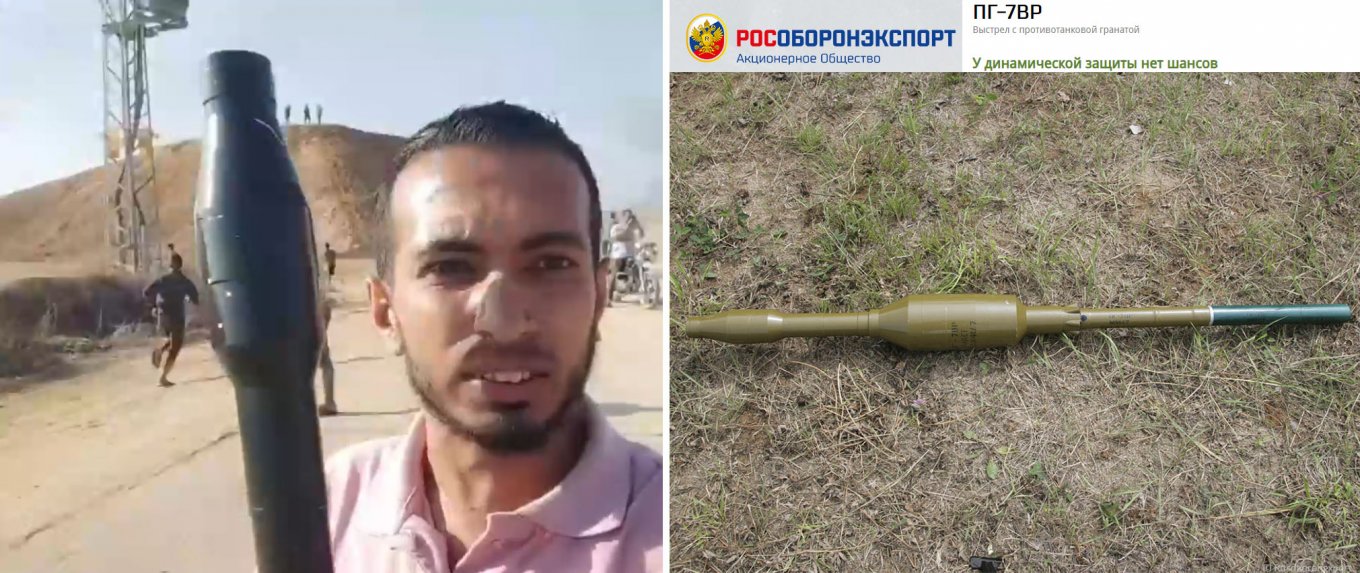
Although this anti-tank grenade entered service in the USSR in 1988, the subsequent collapse of the Soviet Union brought the further spreading of this weapon to a halt. Moreover, the service life of this grenade is only 15 years.
The fact Russia supplied this rare type of RPG-7 to the Middle East is indicated by the photos from Syria, where the PG-7VR Resume surfaced in 2015. Once in Syria, effectively nothing can prevent this weapon from ending up in the hands of various militarized groups and terrorist organizations.*

Also, we can find a lot of information about other Russian weapons used by Hamas militants from the media materials published by the organization. For example, in the photo below, the last group of soldiers in the row operate a Kornet ATGM. Back in 2011, Israel accused the Russian Federation of supplying this anti-tank system to Hamas, when a Kornet missile hit a school bus.
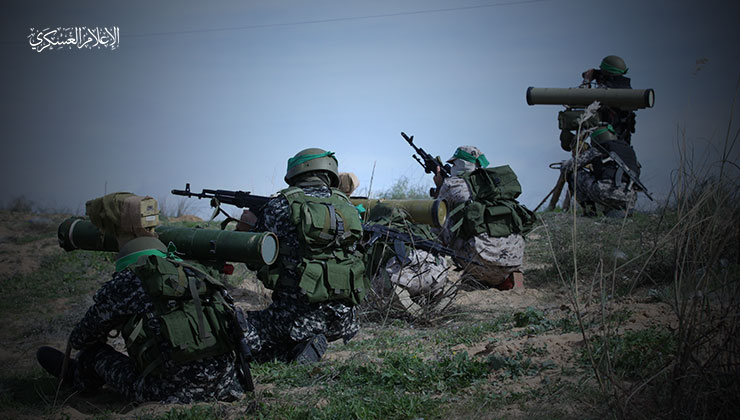
Against this background, the presence of older ATGM systems such as Fagot and Konkurs does not look like anything new at all. But in addition to Russian "original" anti-tank systems, Hamas also uses Iranian copies of Russian weapons, as well as North Korean Bulsae-2 ATGMs.
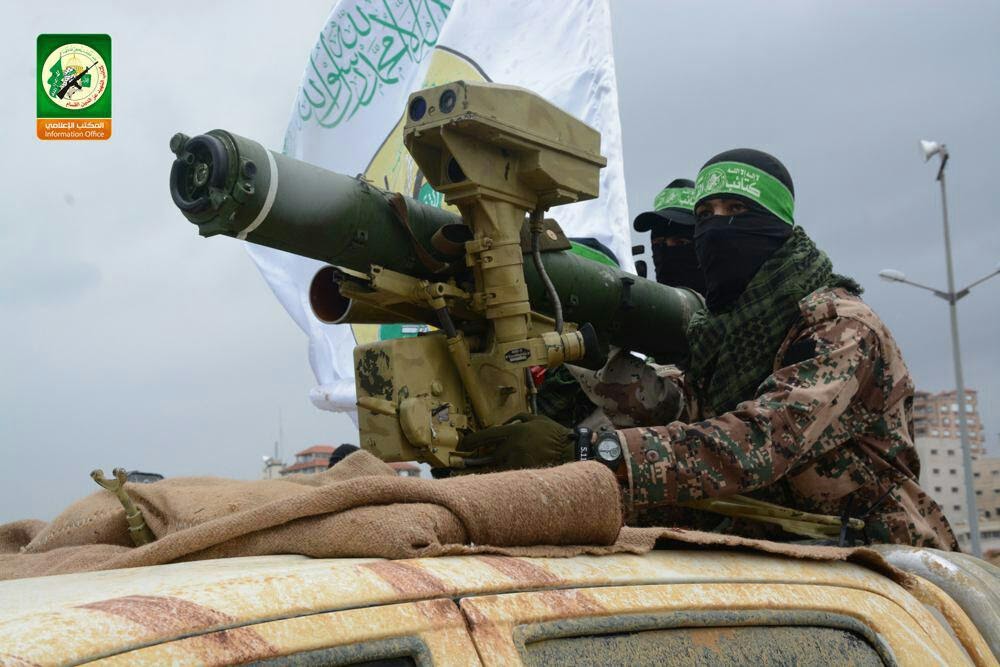
Besides portable anti-tank weapons, Hamas militants are also armed with man-portable air defense systems (MANPADS). The first appearance of these weapons was in 2012, as recorded by the Israel Defense Forces. At that time, it was suspected that the Soviet Strela-2 had found its way to the Gaza Strip. Since then, the number of MANPADS in the hands of militants has increased significantly.
The main systems in use were not Strela-2 alone, but also the newer Russian Igla, Chinese QW, its Iranian copy Misagh-1, as well as North Korean HT-16PGJ, which had previously been spotted in Syria.
Hamas was also seen wielding Iranian-made Fajr-3, Fajr-5, and Syrian M302 missiles.
Also, we should pay extra attention to the technological level, which was allegedly achieved by the Palestinians in the manufacture of their own missile systems.
For instance, missiles, which earlier looked as if assembled from water pipes, now have the appearance of mass-produced weapons made at the facilities with a proper level of mechanization and sophisticated machine tools. Or maybe as ones made outside the Gaza Strip.
Hamas footage showing rocket strikes on southern Israel. pic.twitter.com/6quWbbxK2Y — Clash Report (@clashreport) October 7, 2023
Either way these are definitely not some "made-in-garage" missiles, unlike Mutabar-1 anti-aircraft missiles.
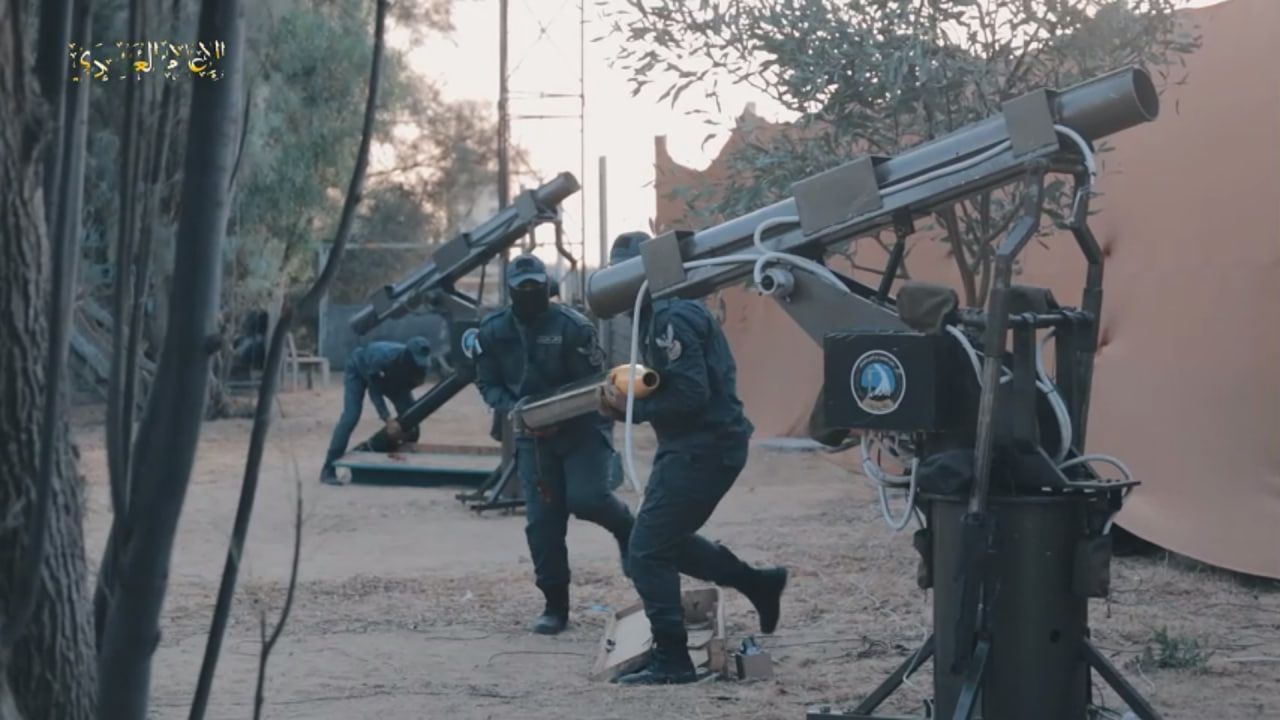
And, of course, there is the question remaining: how all of these got to Hamas in significant quantities. Sea smuggling and a network of tunnels are considered the main lines of supply, as suggested by SpyTalk and several other media. Moreover, part of the deliveries were organized not at the hand-to-hand level, from one terrorist to another, but directly – for example, from Syria and Iran.
*According to Ukrainian legislation, the Islamic Resistance Movement (Hamas) is not designated as a terrorist organization
Read more: Ukraine’s Intelligence Warns That russia Starts Misleading Campaign Claiming Ukraine is Selling Western Weapons to Hamas




